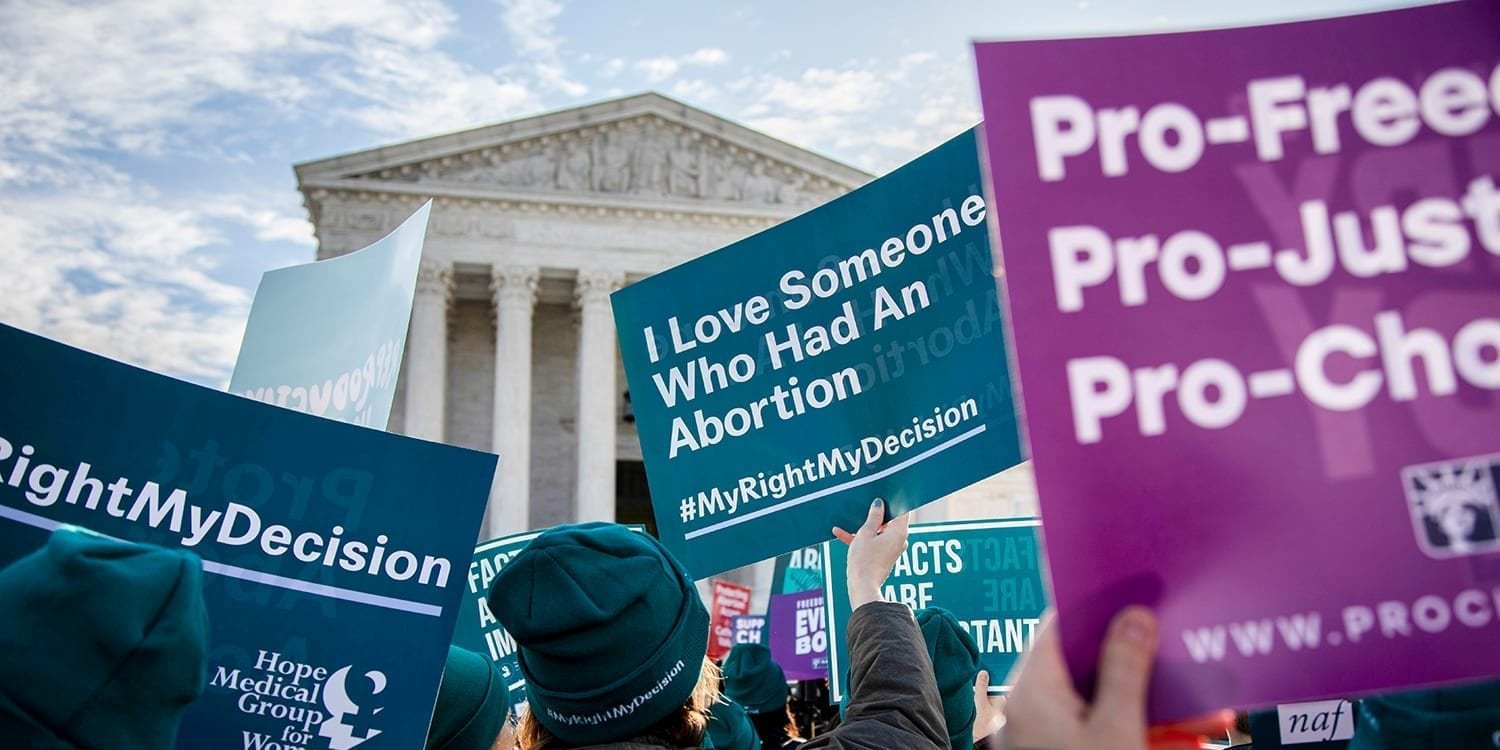Law and Policy Guide: Gestational Limits
← Return to the full Law and Policy Guide and the World’s Abortion Laws Map
Gestational Limits
Gestational limits prescribe the point within pregnancy when a termination is permissible. Such limits often vary depending on the legal framework, including the circumstances under which abortion is allowed. In countries allowing abortion on request, the most common gestational limit is 12 weeks. However, these countries often permit abortion under a range of circumstances after this limit has expired. Countries with restrictive abortion laws, such as those only permitting abortion when the woman’s life or health is at risk, commonly do not proscribe a gestational limit for abortion in these circumstances.
Human Rights Norms
UN Human Rights Bodies
UN treaty monitoring bodies have not explicitly provided guidance on gestational limits. The Working Group on the issue of Discrimination against Women in Law and Practice recommends that states allow women to terminate a pregnancy on request during the first trimester and later on in pregnancy where the woman’s life or health is at risk and in cases of rape or incest.[1]Human Rights Council, (33rd Sess., 2016), Report of the Working Group on the issue of discrimination against women in law and in practice, para 107(c), U.N. Doc. A/HRC/32/44 (2016).
European Human Rights Bodies
In Resolution 1607, the Council of Europe called on Member States to “decriminalize abortion within reasonable gestational limits, if they have not already done so” and “guarantee women’s effective exercise of their right of access to a safe and legal abortion.”[2]Eur. Parl. Ass., Access to Safe and Legal Abortion in Europe, 15th Sess., Res. No. 1607, para. 7.1 (2008).
Global Medical Standards and Guidelines
The World Health Organization (WHO) acknowledges in its Safe abortion: technical and policy guidance for health systems that efforts to impose gestational limits on abortion may have negative consequences for women whose pregnancies have exceeded these limits and may “force some women to seek services from unsafe providers, or self-induce with misoprostol or a less-safe method, or force them to seek services in other countries, which is costly, delays access (thus increasing health risk) and creates social inequalities.”[3]World Health Organization, Safe Abortion: Technical and Policy Guidance for Health Systems 93 (2d ed. 2012), available at … Continue reading The WHO is clear that gestational limits should be evidence-based and not limited arbitrarily. Likewise, the methods for abortion should not be restricted arbitrarily to a certain gestational limit that is shorter than what is medically recognized as safe.[4]Id. at 93.
The WHO also emphasizes that abortion to save the woman’s life or to minimize risk to a woman’s health may be necessary at any point during pregnancy.[5]Id. at 92.
Comparative Law
Gestational limits significantly vary globally, particularly in relation to the circumstances under which abortion is legal. While the most common gestational limit for abortion on request is 12 weeks, the shortest gestational limit for abortion on request is 8 weeks, whereas a handful of countries do not set forth a legal gestational limit. For example, in Vietnam, the Law on Protection of People’s Health states that women have the right to have an abortion and does not prescribe a gestational limit.[6]Law on the Protection of People’s Health, art. 44(1) (1989) (Viet.) Where gestational limits are in place for abortion on request, laws nearly universally still allow abortion when the woman’s life or health is at risk. For example, Denmark allows abortion on request during the first 12 weeks of pregnancy. Thereafter, abortion is permitted on social and economic grounds and in cases of rape, incest, and fetal impairment with the permission of a committee made up of two doctors and a legal or social worker.[7]Law No. 350 of 13 June 1973, sec. 92-94 (1973) (Den.). Under the law, a woman does not need authorization to have an abortion when her life or physical or mental health are at risk.[8]Id. sec. 93.
In countries where abortion is only permitted on limited legal grounds, the law itself often does not proscribe a specific gestational limit. For example, in Bolivia, the law does not set forth a gestational limit for the limited grounds when abortion is legal — namely, where the pregnancy endangers the life or health of the woman or results from rape or incest.[9]Bolivia Criminal Code, Law Decree 10426 of 1972, art. 266 (1972) (Bol.). Likewise, the Penal Code in Burkina Faso allows abortion when the woman’s health is at risk and in cases of fetal impairment, without imposing a gestational limit.[10]Code Penal, Loi No. 025-2018, art. 513-13 (2018) (Burk. Faso).
References
| ↑1 | Human Rights Council, (33rd Sess., 2016), Report of the Working Group on the issue of discrimination against women in law and in practice, para 107(c), U.N. Doc. A/HRC/32/44 (2016). |
|---|---|
| ↑2 | Eur. Parl. Ass., Access to Safe and Legal Abortion in Europe, 15th Sess., Res. No. 1607, para. 7.1 (2008). |
| ↑3 | World Health Organization, Safe Abortion: Technical and Policy Guidance for Health Systems 93 (2d ed. 2012), available at apps.who.int/iris/bitstream/handle/10665/70914/9789241548434_eng.pdf?sequence=1. |
| ↑4 | Id. at 93. |
| ↑5 | Id. at 92. |
| ↑6 | Law on the Protection of People’s Health, art. 44(1) (1989) (Viet.) |
| ↑7 | Law No. 350 of 13 June 1973, sec. 92-94 (1973) (Den.). |
| ↑8 | Id. sec. 93. |
| ↑9 | Bolivia Criminal Code, Law Decree 10426 of 1972, art. 266 (1972) (Bol.). |
| ↑10 | Code Penal, Loi No. 025-2018, art. 513-13 (2018) (Burk. Faso). |

